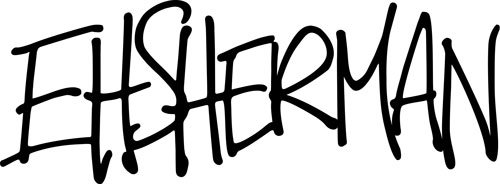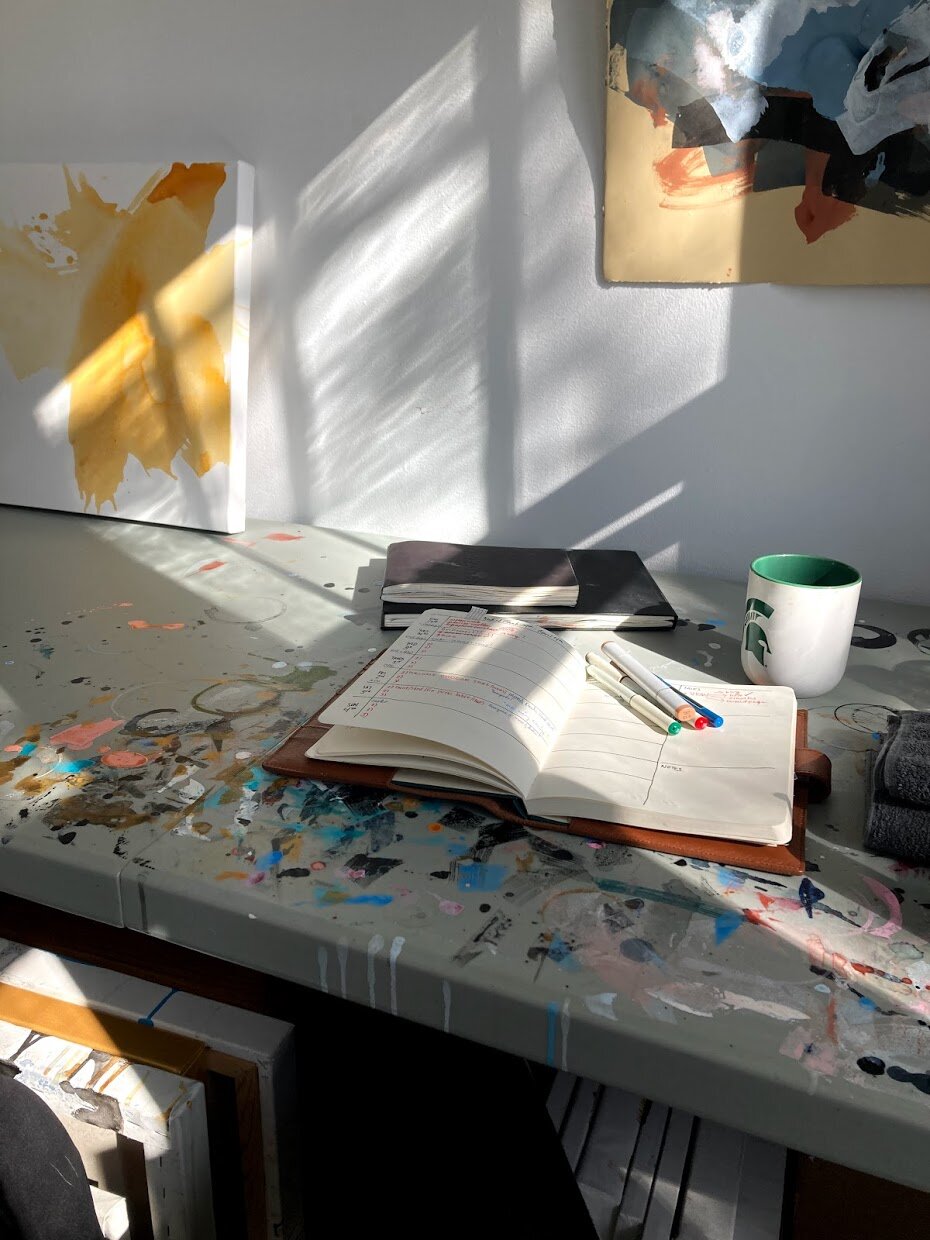Seasons of Work; how my work-flow has changed in the pandemic
* Note * Please, please, please, if you are able, go get vaccinated. So many people have lost so much/everything to this virus. It’s real, it’s serious and we have a way to stop it - please go get the shot(s).
Here are some resources;
It’s been interesting (at least, to me - maybe not to anyone else!) to step back and see what life in this pandemic has done to parts of my process. I can’t see all of it currently as we are still very much IN this pandemic, but patterns have slowly started to emerge.
The early pandemic days in the studio started as a frenzied mess. I was trying to make use of the extra time quarantining afforded me because if not, that extra time would be wasted and then I am a bad artist.
You can imagine how successful painting with that energy was.
(Narrator’s voice; it wasn’t.)
It took me a while to let go of the desire to harness some pandemic-residency vibe. To tell myself that we are living through some utterly weird and terrifying times and that extra time wasn’t necessarily best spent painting or other art-tasks. That I could use some time to process too.
In detaching myself from my ‘Before-Times’ schedule of brainstorming, creating, documenting, posting and shipping, all sandwiched between shows (cancelled), travel (cancelled), or other out-of-the-studio moments (severely decreased) I was able to watch a more organic, slower process start to become apparent. Less fits and starts, less following one project through each phase, more seasonal.
A season of creation.
A season of documentation.
A season of making the work public, sharing it and sending it to its new home.
Right now I’m firmly in the midst of creation. I’ve been making a lot of new things, some more successful than others, but the key is I’m making.
Instead of needing to stop to prep for a show or trip, I’m just going to ride this painting wave until my energy shifts back to the computer, to the camera and getting things ready for my website. Then onto the selling part, then to a new addition - rest and reset.
I’ve gone about two or so cycles with this pattern of making work, and thus far it’s been a welcome shift. Once life starts to get back to normal I know it will be hard to keep it - but for now I’m happy to exist in these seasons.
How my Tools and Space Inform my Process
My favorite paintings to work on usually are borne out of two conflicting modalities; Chaos and Order.
The push and pull between the two forces drives a lot of the interaction and movement of my work - and it’s something I only “half” control.
I control the sketches, the fine details, the colors of the paints I mix - but I don’t control the way the paint moves on the surface. I don’t control the spills, the drips, the intermingling of pigment and resulting colors. Working in this intuitive way imparts a focus that I haven’t found with another process. The work is informed by the process and the process informed by the work. It’s a cyclical opposition that relies heavily on my space and tools.
My space is crooked.
My studio is in a building that pre-dates 1891 and the floors show it. There is a 2.5 inch slope from one side to the other, which doesn’t seem like much - but when you are working with water media it’s very noticeable. I absolutely could have evened the floor out, but chose to accept another facet of the unplanned; gravity was going to change my work. When I put down a pool of paint it runs downhill. I can leave it as it, or spin the work to change it’s course, but that is about the extent of my control. I can’t leave a work unattended either, as sometimes in the drying process areas of the painting will overflow into another, pushing the paint down the canvas. This has resulted in a relatively different studio experience for me - rather than leave as a work dries I now sit there (usually with another painting or some other facet of my job that needs doing - like blogging!) and literally - watch. Paint. Dry.
Sometimes I catch the drips and move the painting, sometimes I happily let them spill all the way down, grabbing other colors as it moves.
It’s another part of the chaos and I love it.
My tools also have a part to play in the balance between planned and unplanned.
Probably best characterized by my two favorites; the loose hake brush and the precise rubber wedge (or squeegee). I frequently have one in each hand and move the drying paint around with both, one making hard to control splutters of the pools, the other cutting through and leaving small, tight lines in it’s wake.
It’s in their interaction that I learned to love and embrace the dichotomy of chaos and order and begin to seek it out as I worked. And then, I saw it everywhere.
The flower growing in the crack in the cement; just a flower in a field - but here in this moment it’s transformed into something miraculous.
But I have to love it loosely. If I let myself get too caught up in the order aspect and find myself ‘planning’ the chaotic elements, I lose that magic that the flower possesses. Then the work is an exercise in making something look ‘unplanned’ and in my mind, fails at it’s purpose.
Allowing my tools and my space to contribute their essence and spirit to my process has made for a far more fulfilling and challenging studio practice.
I’d love to know more about your practice - do your tools inform your work? Does your space change your paintings? Leave me a message below!
<3
Experiments in Fragmentation
Most paintings survived the move... some did not. Rather than trashing the whole piece, I decided to score the paper and play with the resulting fragments. The first pull was a little odd in that I was effectively ruining a painting I had liked (but was irreparably damaged in the move)... but after that I embraced the destruction whole-heartedly.
There is something really freeing about trashing a piece of work, and something really beautiful about the fragments that remain.
I'll be back with more info on the new studio/store openings, for now, I'm off to rip more paper.







